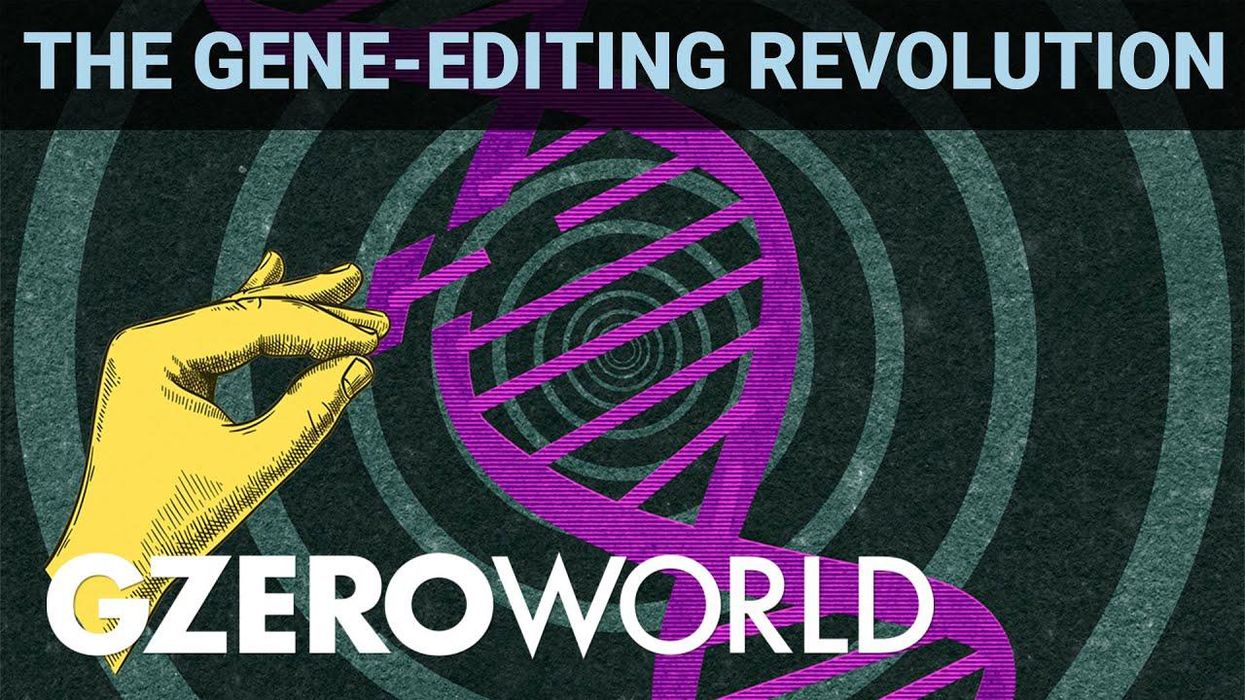GZERO World Clips
CRISPR and the gene-editing revolution
CRISPR stands for Clustered Regularly Interspaced Short Palindromic Repeats. You don't have to remember that, but you should know that this new gene editing technique can literally change life as we know it. Through CRISPR, scientists are now able to precisely edit DNA sequences in living things. They hope to be able to cure genetic diseases like sickle cell anemia and hereditary blindness. CRISPR may even be used to treat cancer and HIV. There's a darker side to CRISPR. Ian Bremmer explains what we know and don't know about the brave new world of gene editing.
Aug 26, 2021

